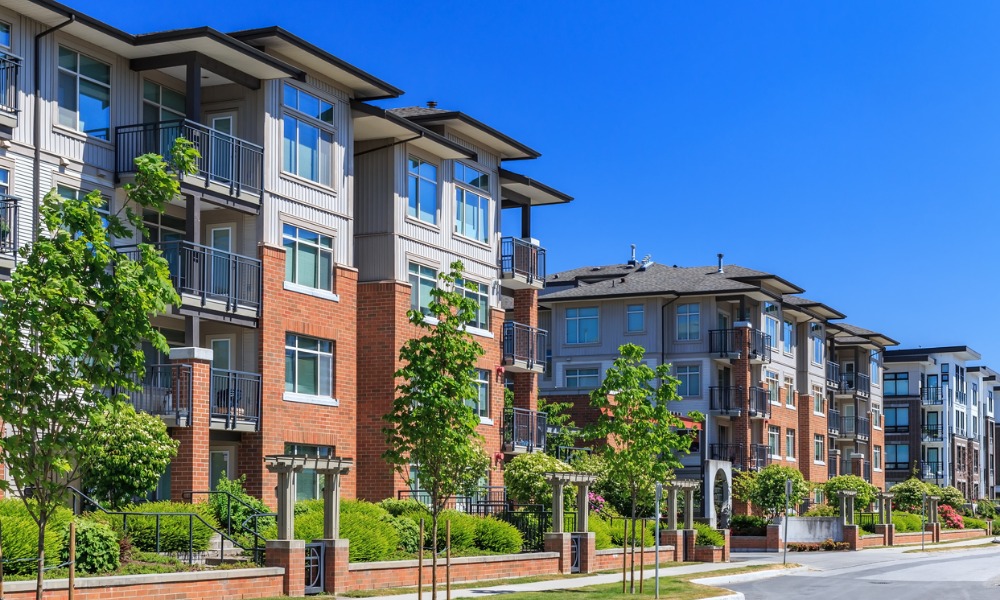They have achieved nearly five times the average sales rate of the wider new apartment market

Affordable KiwiBuild projects in suburban Auckland have achieved nearly five times the average sales rate of the wider new apartment, according to a new development survey by Colliers International.
Colliers International's latest Auckland Apartment Project Survey studied 58 projects with a total of 3,733 apartment units during the first half of 2020. It found that 30 of the projects were under construction, 23 were selling off the plans, and four had already been completed.
It also revealed that the impact of the COVID-19 pandemic on residential construction had been less significant than the delays seen in previous years due to industry capacity constraints.
“Back in 2017, the construction sector was hugely under-resourced, and delays were rife. Any new apartment projects that commenced construction between 2015 and 2017 were generally 12 months behind schedule or in some cases even more,” said Pete Evans, the national director of residential project marketing at Colliers.
“By contrast, new projects that started construction in 2018 and 2019 are generally still on track despite the delays caused by Covid-19.”
Read more: Realtor expects market growth in smaller towns and cities
Evans highlighted that KiwiBuild helped new housing projects to commence construction and boosted the overall sales rate.
“This is part of an ongoing trend, with KiwiBuild projects selling seven times faster than other projects surveyed in the second half of 2019. Location is one of the driving factors. Most of the new KiwiBuild projects we surveyed are in good suburban locations close to transport and amenity, where first-home buyers are the most active sector of the market,” he said.
“Affordability is the other key factor. For years, very few developers were providing affordable new dwellings, and cashed-up investors were outbidding them for existing homes in the auction room. By comparison, buying a new KiwiBuild home is an easy process for young and not so young first-home buyers.”



